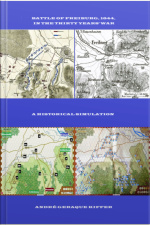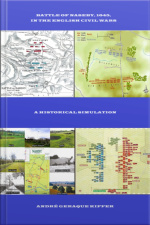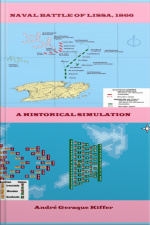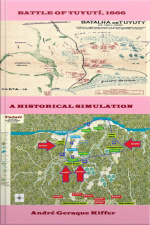The Thirty Years War from 1618 to 1648 is considered one of the most destructive wars in European history. It is estimated that between 4.5 and 8 million soldiers and civilians...
The English Civil Wars, between 1642 and 1651, were a series of political machinations between parliamentarians - the round heads - and royalists - the gentlemen -, mainly over...
Este livro trata do amor como fenômeno próprio da alma humana. Nele diferenciamos o conceito de amor da ideia de paixão. O amor é um bem querer por outra pessoa, enquanto a...
Este livro trata da tríade universal: Deus, espirito, universo. Estas são três questões fundamentais da filosofia.
O livro trata da questão o que é real? No livro fazemos um questionamento sobre a realidade do Universo, do mundo físico e apresentamos a teoria do Psicosmo, a realidade...
Este livro trata das meditações de René Descartes, matemático e filósofo francês. No livro realizamos comentários sobre o texto de Descartes e no fim de cada capítulo...
O livro Criação e evolução cosmológica trata de questão da criação divina e da ideia materialista da origem, gênese e evolução do Universo. No livro apresentamos a...
The Thirty Years War from 1618 to 1648 is considered one of the most destructive wars in European history. It is estimated that between 4.5 and 8 million soldiers and civilians...
The Battle of Lissa or Battle of Vis (Croatian: Bitka kod Visa) took place on 20 July 1866 in the Adriatic Sea near the Dalmatian island of Vis (Lissa in Italian) and was a...
The Battle of Tuyutí was the biggest and bloodiest battle of the entire Paraguay War and the South American continent, as it involved more than 55,000 men. It was fought on May...











